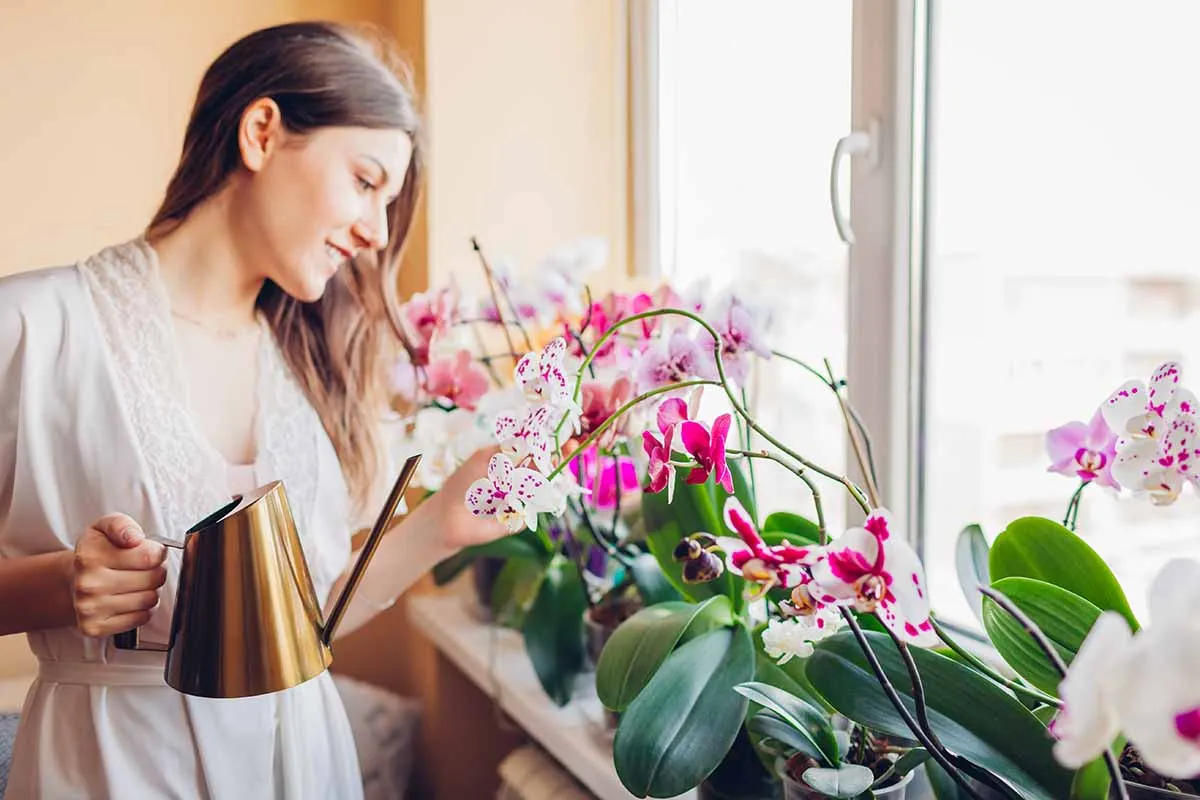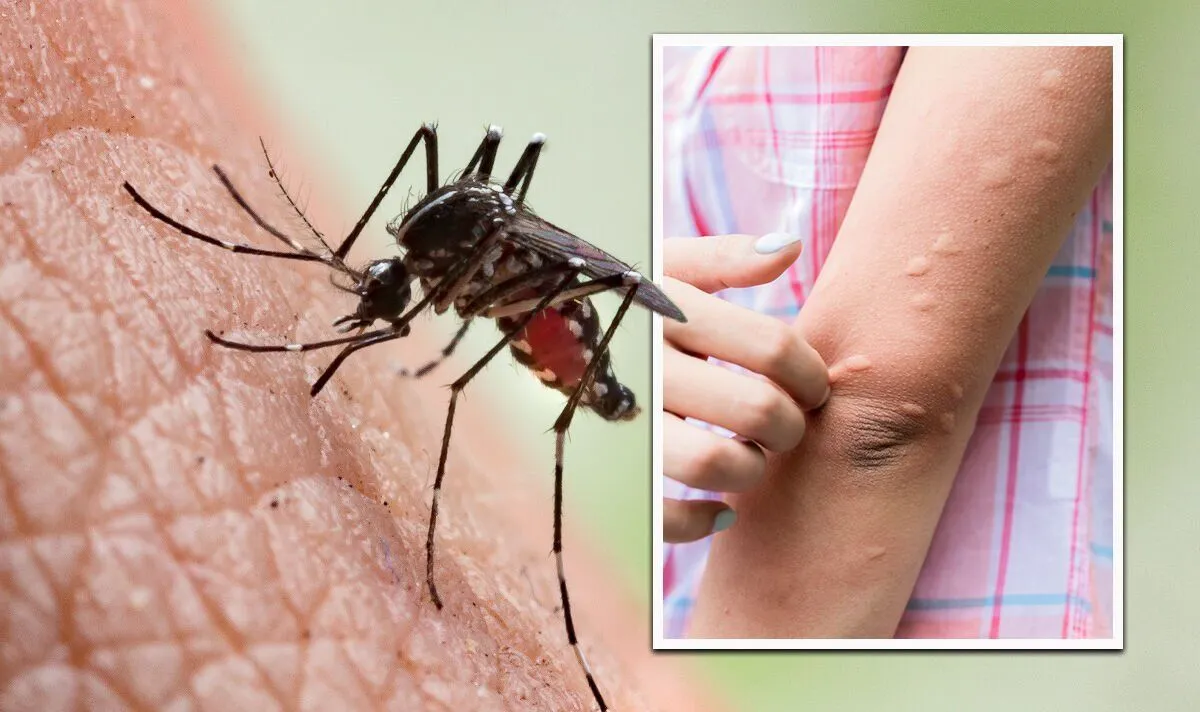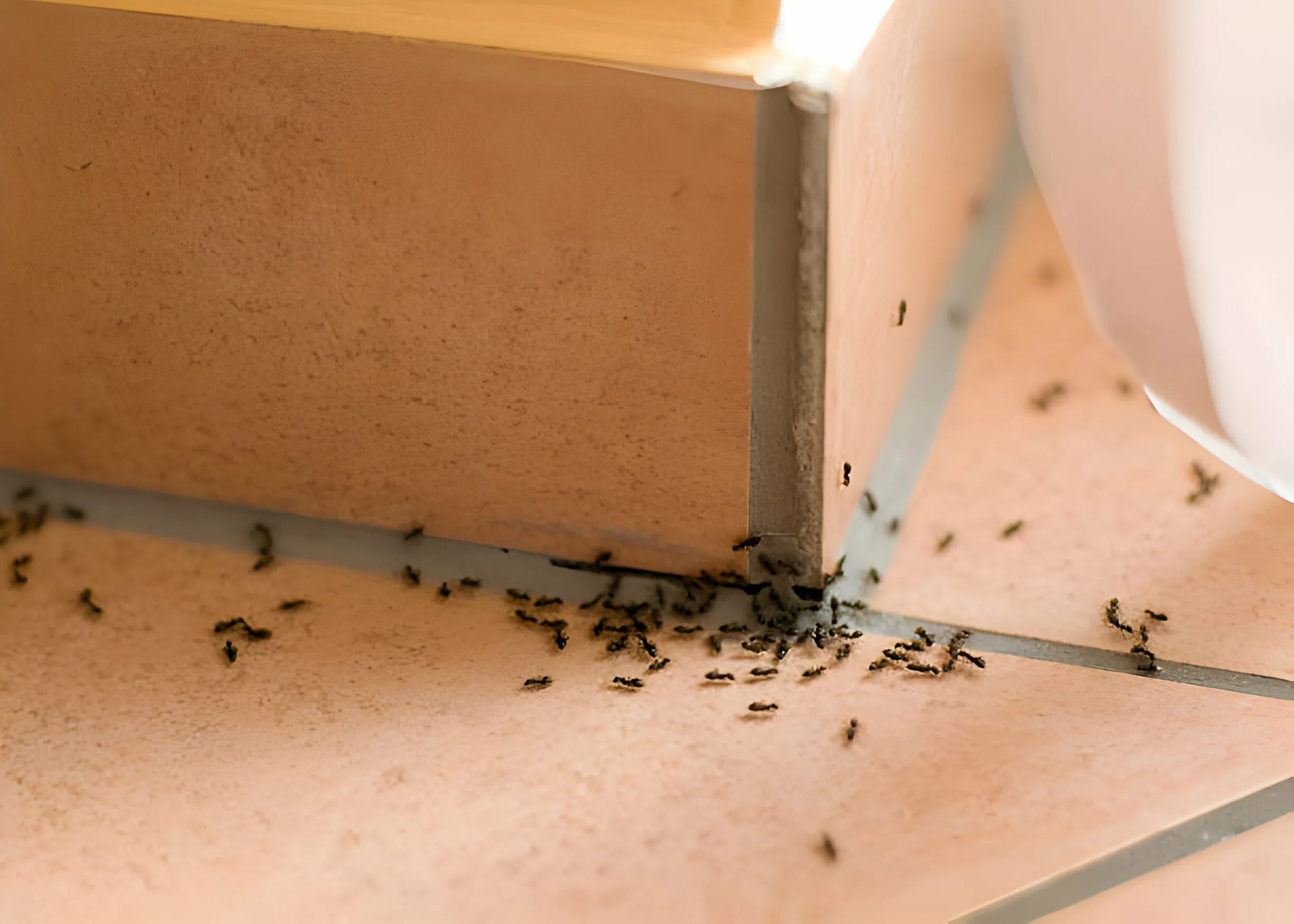The royal family of houseplants, well-maintained orchids are exquisitely lovely, have long blooms, and are graceful in both form and scent. Learning how to take care of orchids will make them last longer.
Despite their reputation as prima donnas, these magnificent houseplants couldn’t be more unlike each other.
Don’t be afraid of orchids if you are unfamiliar with them. If you take the time to learn what they require, many orchids can be grown with relative ease.
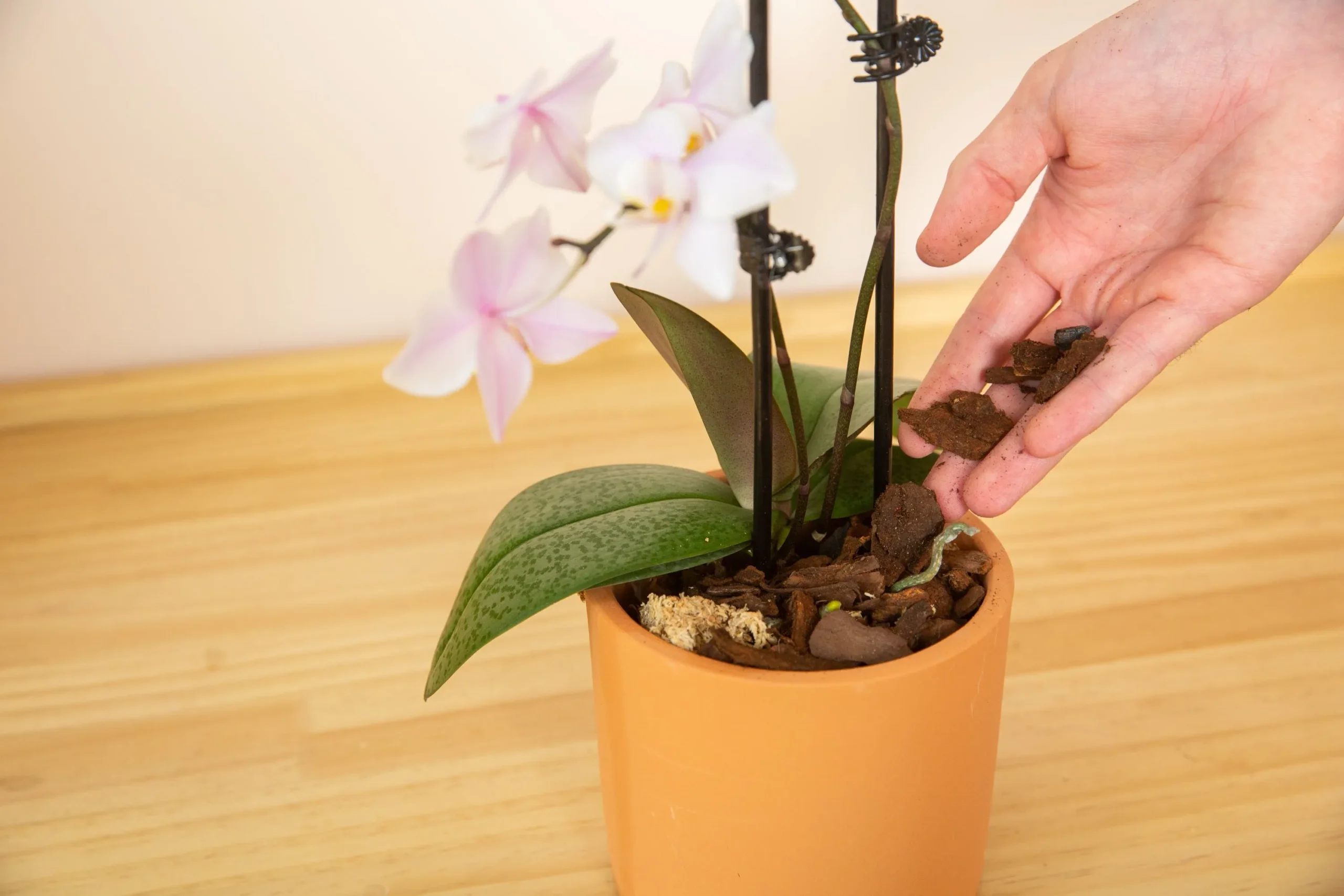
They differ from conventional potted plants. Since they are epiphytes, they cling to tree bark to grow rather than in the soil.
Certain orchids, like lady slippers, are semi-terrestrial plants that thrive in the loamy soil found on jungle floors.
How Do You Keep Orchids Alive Indoors?
While most orchids (Orchidaceae family) are grown indoors in the United States, they do grow naturally in warm regions of Asia, Central America, and South America.
Despite the size of the orchid family, the many and varied species have several characteristics in common: a protruding petal that looks like a lip in a blossom with three petals and three sepals. Petals and sepals can occasionally blend.
In the wild, orchids can grow as terrestrial plants with roots in the ground or as epiphytic plants, which are air plants attached to trees that get water from the sky.
Additionally, because each one has changed to appeal to a different pollinator, they all have unique looks.
Appropriate light exposure, irrigation, temperature, soil, and fertilizer are all necessary for indoor orchid care.
After an orchid has finished flowering, there are additional steps to take to promote rebloom.
How to Care for an Outdoor Orchid
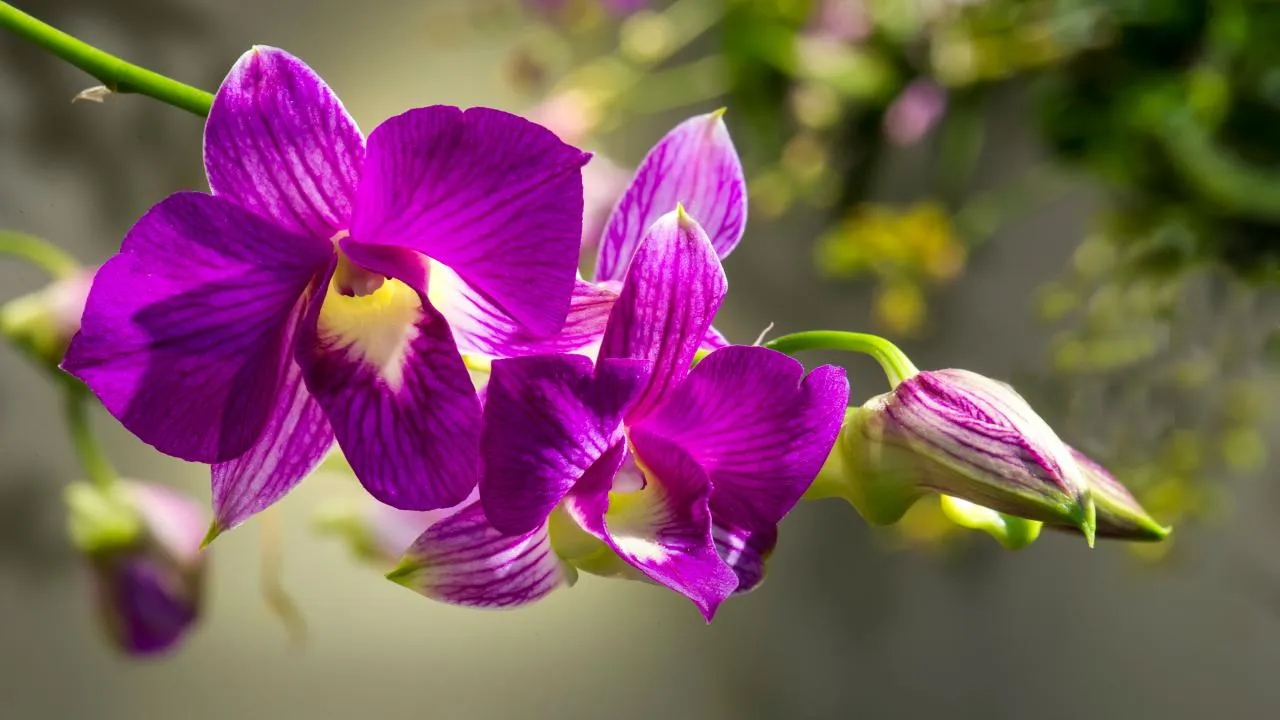
Myers advises moving your orchid outside for the summer and placing it in a partially shaded spot, such as beneath a tree that receives partial sunlight or beneath a canopy or shade cloth.
Additionally, it ought to be stored in an area shielded from the elements. According to Meyers, orchids prefer humid environments, so if you don’t live in a frequently humid area, combine your orchid with other outdoor plants to increase humidity.
When your orchid is outside, you should also keep giving it regular waterings and fertilizers.
Remember that outdoor orchids might need more water than their indoor counterparts. According to Myers, check the growing mix and add water as necessary.
How to Water an Indoor Orchid
Since the majority of orchids have mechanisms for storing water, they are typically not extremely thirsty.
One exception is the moth orchid, Phalaenopsis, which needs a little more care with irrigation because it doesn’t have these specific bulbs.
During the growing season, give an indoor orchid enough water each week so that the bottom drainage holes in the pot allow the water to seep out.
Watering should be reduced once the orchid stops blooming because it is resting. When the orchid is actively growing, you might need to water it twice a week if it is housed in a very small pot.
Although they require a lot of water, orchids should be given space to dry out in between waterings.
Using a finger inserted about an inch (2.5 cm) into the growing medium is one method to check for watering. Give it some water if it’s dry. If not, then leave it alone.
How to Fertilize an Indoor Orchid
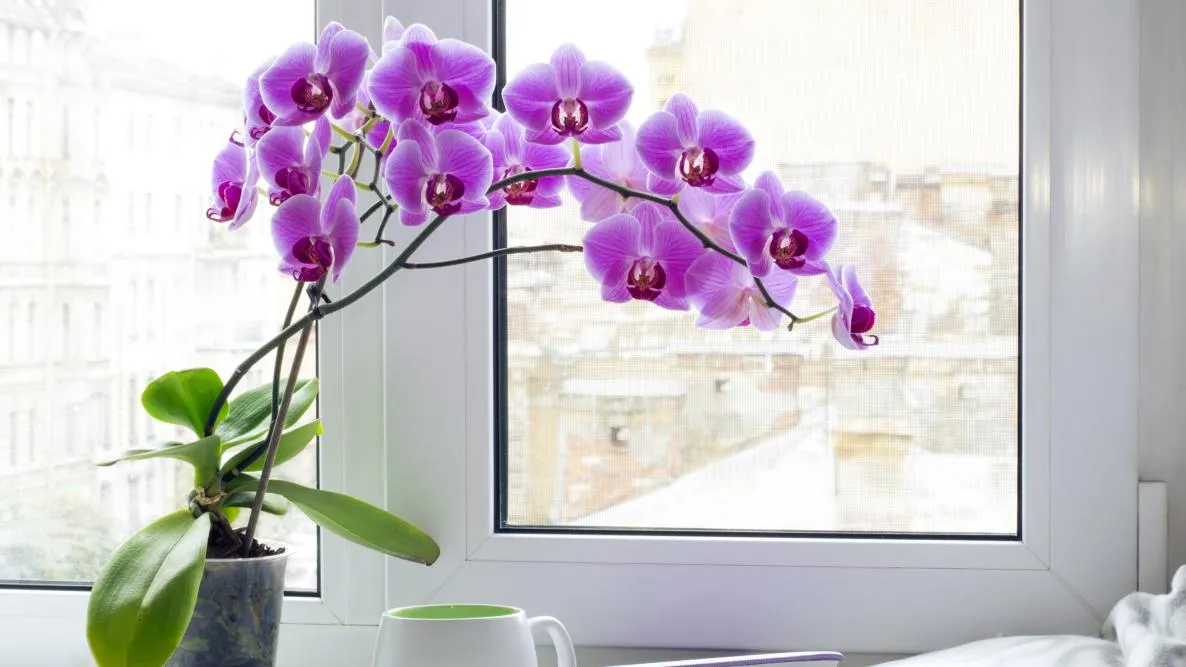
When they are actively growing and blooming, orchids require fertilizer, but too much will not benefit them.
Make use of a water-soluble fertilizer designed especially for orchids. If you have your orchids growing in bark, get a fertilizer with a higher ratio of nitrogen, such as 30-10-10 or 15-5-5. Evenly balanced formula fertilizer ratios, like 20-20-20, work well for other orchids.
Follow the directions on the labels when applying these fertilizers. Fertilizer should be stopped after flowering until new leaves begin to grow. Orchids can be fertilized every week or every two weeks while they are growing new growth.
As they reach adulthood, reduce the frequency of feedings to once a month or twice a month. When the plants go dormant, stop fertilizing them completely.
How to Repot Your Orchid
Repotting is a necessary step if your orchid grows too large for its container or if the roots start to wither, as orchids benefit from it too.
After flowering, Myers advises repotting your orchid right as new leaves begin to grow.
- Remove the orchid’s roots from the old mixture and take it out of its old container.
- If some of the old planting mix won’t come apart, soak the roots in water.
- Place the plant on top of the newly potted container, which ought to be just one pot size larger than the former one, and cover the lower roots with the new potting mix.
- Mist the surrounding mixture and the repotted orchid with water.
When the roots of your orchid have outgrown the pot or the growing mix has decomposed, it’s time to repot it.
How Often Do You Water Orchids?
If you’re not sure whether to water, look at the roots. Green roots indicate water, while silvery roots indicate dehydration.
The type of orchid, its life cycle, and the potting medium all affect how frequently a plant needs to be watered. Orchids grown in bark should be watered once a week.
Once a fortnight, check if the sphagnum moss is dry, if it is, then it should be watered across its whole surface because of its absorbent nature.
Unlike Phalaenopsis, which can store water, most of the exotic plants can stay moist for a longer period. The growing and the blooming of the roots parallel the watering or fade away.
The beauty and finesse of these plants may be preserved for a long time if sufficient maintenance is done. The number of things to consider when concerning the care of orchids includes water and nutrients, as well as repotting and pruning.
Through knowledge, understanding, and love, you can keep and enjoy appreciating these beautiful flowers for many years to come.
Even beginners will grow and master orchid cultivation if they maintain perseverance and patience.
